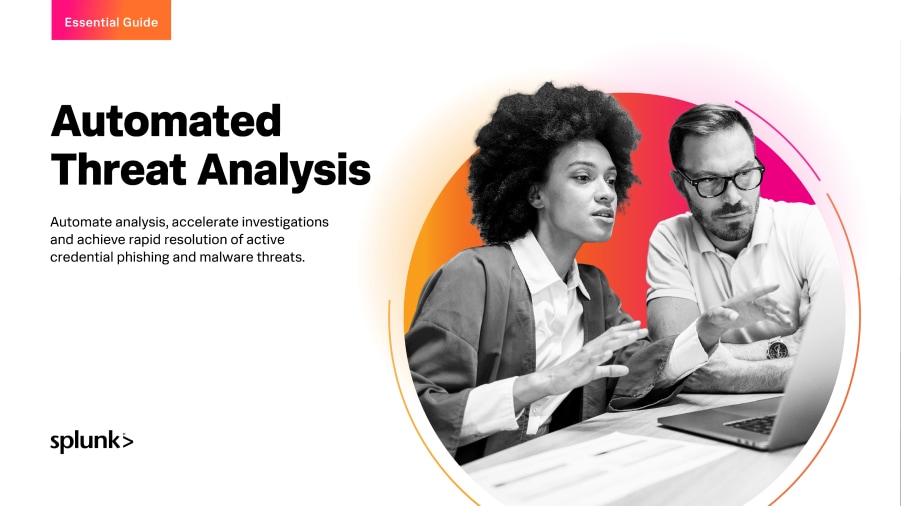An Introduction to Threat Monitoring

According to CIS, just in the first half of 2024, malware-based threats rose by 30% from 2023. A similar 30% year-over-year increase was also found in cyber attacks in 2024 in a report by Check Point Research.
With such alarming statistics, it is evident that the need for threat monitoring has become more critical than ever before.
In this blog post, we'll explore what threat monitoring entails, why it's essential, and how you can implement best practices to safeguard your business. We'll also look at some common tools in the industry and introduce the role of AI in threat monitoring.
What is threat monitoring?
Threat monitoring is the process of actively and continuously scanning your digital environment for possible cyber threats, vulnerabilities, and anomalies.
It involves using specialized tools and techniques to detect, analyze, and respond to potential security breaches in real-time. By doing so, organizations can minimize risks and protect sensitive data before serious damage occurs.
Importance of threat monitoring
The rise of sophisticated cyber-attacks has made threat monitoring an essential practice for any organization that relies on technology. Cyber threats are constantly evolving, becoming more complex and harder to detect. Without proper monitoring, businesses are at risk of data breaches, financial losses, reputational damage, and regulatory penalties.
Organizations can choose from a variety of tools for monitoring threats. Popular options include Splunk Enterprise Security, a leading SIEM platform that uses AI-powered capabilities to provide real-time comprehensive visibility into potential security threats, along with automated response features, risk-based alerting, and customizable dashboards.
A lightweight, open-source option is Snort, which uses signature-based analysis to identify and block malicious traffic in real-time, particularly on small networks. Snort rules are easy to set up and get started.
Common types of cyber threats
Understanding the types of cyber threats your business might face is the first step in effective threat monitoring. Here are some of the most prevalent threats:
Malware
Malware, short for malicious software, is designed to infiltrate and damage computers and networks. It includes viruses, worms, and ransomware. Once installed, malware can steal sensitive information, lock you out of your system, or even destroy your data.
Examples of large-scale malware attacks include the 2017 WannaCry attack and the 2019 SolarWinds supply chain attack.
Phishing
Phishing attacks involve sending fraudulent emails or messages that appear to come from reputable sources. These messages often contain deceptive links or attachments designed to trick recipients into divulging sensitive information like passwords or credit card numbers.
Real-life examples of phishing include:
- Google and Facebook phishing scam resulting in a loss of $100 million
- 2018 World Cup tickets phishing scam
DDoS attacks
Distributed Denial of Service (DDoS) attacks aim to overwhelm your network or website with a flood of traffic, rendering it unusable. These attacks can disrupt your business operations and lead to significant financial losses.
DDoS has also been known to be used as a diversion tactic while attackers carry out other malicious activities on the network. This diversion tactic creates a "smokescreen" that overwhelms security teams while attackers carry out other malicious tasks.
Methods for threat monitoring
The field of threat monitoring has seen significant growth in recent years, leading to the development of specialized solutions.
Some common methods, both traditional and more modern, that are used for threat monitoring include:
- Network security and endpoint security. Securing your network and endpoints is the foundation of effective threat monitoring. Firewalls, intrusion detection systems (IDS), and endpoint protection platforms are essential components. These tools help monitor network traffic and endpoint activity for any signs of malicious behavior.
- Security Information and Event Management (SIEM) platforms: SIEMs collect, analyze, and correlate security events from various sources to provide a comprehensive view of an organization's security posture.
- Vulnerability scanners: These tools scan networks, systems, and applications for known vulnerabilities.
- Endpoint Detection and Response (EDR) solutions: EDR tools monitor and respond to potential threats on individual devices, such as laptops or smartphones.
- Log management and analytics tools: These tools collect and analyze system logs for security events.
Beyond the tools and technologies options, these best practices are always useful:
Regular software updates. Outdated software is a common entry point for cybercriminals. To prevent such entry points from being breached, ensure that all software — including operating systems and applications — is regularly updated with the latest patches and security fixes. If manual management is too time-consuming, automated update systems can streamline this process.
User education. Human error is often the weakest link in cybersecurity. To mitigate this risk, educate your employees about the importance of cybersecurity and provide training on recognizing phishing attempts, creating strong passwords, and following best practices for data security.
Why real-time monitoring?
In the world of cybersecurity, timing is everything. The faster you can detect a threat, the quicker you can neutralize it. This is where real-time monitoring comes into play.
Here are some reasons why real-time threat monitoring is needed:
- Early detection: Real-time monitoring allows you to identify threats as soon as they occur, reducing the window of opportunity for cybercriminals to exploit vulnerabilities.
- Immediate response: Once a threat is detected, immediate action is crucial to mitigate its impact. Real-time monitoring systems often come with automated response features that can isolate affected systems, block malicious IP addresses, and more.
- Continuous improvement: Real-time monitoring provides a constant stream of data, enabling you to analyze and refine your security measures continuously.
The role of AI in threat monitoring
Artificial intelligence (AI) is revolutionizing many industries and cybersecurity is no exception. AI can enhance threat monitoring in several ways:
Enhanced detection capabilities
AI algorithms can analyze vast amounts of data to identify patterns and anomalies that may indicate a threat. This enables more accurate and faster detection compared to traditional methods.
For example, AI-based tools like Splunk Enterprise Security use the Splunk Machine Learning Toolkit to leverage machine learning (ML) techniques for identifying outliers in security-related data.
Automated response
AI-driven systems can automatically respond to detected threats, such as isolating affected systems or blocking malicious IP addresses. This reduces the response time and minimizes potential damage.
Simplified AI through customized AI and ML
Through the use of the Machine Learning Toolkit (MLTK), users can create easy-to-use assistants, to quickly train, and deploy machine learning operations to predict the values of fields using other fields or detect outliers in a dataset.
Greater visibility and observability
AI can also enable greater visibility and observability in security operations by providing needed information through a simplified chatbot experience. This removes the need for analyzing large volumes of data for each time an investigation is required.
Final words
Threat monitoring is a critical aspect of cybersecurity that cannot be ignored. With the constantly evolving threat landscape, having real-time monitoring capabilities is crucial for protecting your organization's sensitive data and systems.
See an error or have a suggestion? Please let us know by emailing splunkblogs@cisco.com.
This posting does not necessarily represent Splunk's position, strategies or opinion.
Related Articles
About Splunk
The world’s leading organizations rely on Splunk, a Cisco company, to continuously strengthen digital resilience with our unified security and observability platform, powered by industry-leading AI.
Our customers trust Splunk’s award-winning security and observability solutions to secure and improve the reliability of their complex digital environments, at any scale.




